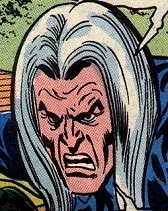Update: Had to change title from tenure to promotion because it was not that but this 🙂
Almost two years ago Mara Scanlon asked me to write a promotion letter in support of her application for full professor here at UMW. She got the promotion, regardless of my letter, and it was well deserved. And I say regardless of my letter because I actually submitted something that read more like a screed about why she shouldn’t get tenure then anything resembling documented support. It was fun to write, and to Mara’s great credit she was fine with me submitting it—which says something very powerful about both Mara and the UMW culture. When writing I was thinking of it as both a celebration of all Mara’s unbelieveable work (there has been a ton over the years), as well as a larger critique of the tenure and promotion mindset that plagues much of Higher Education currently. Mara agreed to me posting it here, for so posterity here is one of my finer moments being a jackass 😉
To the UMW Tenure and Promotion Committee:
I think it is only appropriate to start this letter with a quote from that self-same Mara Scanlon who has the gall to apply for promotion to Full Professor:
…on this website we will attempt to re-envision our academic practices. To echo Felski, how would our understanding of a college course change if, instead of taking individual performance and competitive practice as paradigmatic, we were to conceive of our learning instead primarily collaboratively? And what if collaborative knowledge-building, often seen as having secondary or marginal status, were given a central role in our study of the literary works of modernist women? We must think of this site as a vital piece of that collaborative practice, a fluid record of our accumulating knowledge and a place for the active exchange of ideas.
From M. Scanlon’s Women and Modernism Course Site, Fall 2007
Fact is, this quote beautifully outlines the innovative, and by extension subversive, pedagogy happening behind the closed doors of her classrooms. Students are asked to collaborate and and foster a sense of community around ideas and knowledge that places thinking and learning at the forefront, all the while understanding individual performance as always a part and parcel of the larger group dynamic. The tenor of such an unthinkable approach to learning is established by the professor, and this is why Mara Scanlon is dangerous. The atmosphere of her classrooms has been compared to that of a rock concert. Replete with an intense connection to the sounds and beats of the poetry; an experience that forces you to rethink the music that has always already been canned for you; and there are even, on occasion, course t-shirts and pins. The fact is, students are getting excited about their learning, and they are taking possession of their ideas both as individuals as well as a community.
You might at this point be wondering, “How do you know all this?” “Where’s your proof?” And that leads me, my friends and colleagues, to possibly the biggest concern of this whole intellectual devil dance—it’s all openly available on the world wide web. This particular strain of Scanlon subversiveness is not limited to a few vinyl-tiled, basement classrooms in Combs, rather it’s spreading around the internet like a viral video. And the proof is in the pudding, just take a look at this annotated list of course sites I have been tracking of professor Scanlon’s online transgressions at the following URL: http://fullisbull4scanlon.umwblogs.org
But in the event you can’t access the internet, which would be a sign of your erudite devotion to all that is good and holy about academia, i.e., excommunication from the world, let me go into a little bit of detail about the transformation in professor Scanlon’s teaching and scholarship as it relates to the internet.
Early Signs: The Long Poem Wiki
I first became aware of a potential threat through a wiki project professor Scanlon was working on with her Long Poem class in Fall of 2005. I was brand new to Mary Washington at the time, and had only a small sense of what would follow. Scalon used the wiki as a means to allow her students to collaboratively write a essay framing the history, research, and relevance of the Long Poem as literary form (http://elsweb.org/longpoem/). So from the very beginning it was apparent that collaboration would under gird her online projects for students, and this particular isolated case of a collaborative Wiki project for the Long poem would re-emerge again in the Spring of 2008 in the form of an entire class composing and launching an articulate and well-researched Wikipedia article on the Long poem (http://en.wikipedia.org/wiki/Long_poem). Which, by the way, is the first hit on Google when you search for “Long Poem” –don’t believe me?—well then, try it. What’s more, this article has since been edited, rewritten and built upon by others who have no association with the class, and has most definitely served to educate hundreds, if not thousands, of people searching for information about the Long poem on the web. And this is exactly the problem, the work of Scanlon and her students is not limited to her classroom, but rather echoes in the eternity of the internet, and by extension all those who use it to find information and learn something along the way.
The Beginning of the End: Poetic Sequence
After the Fall 2005 Long Poem experiment, professor Scanlon seemed to return to her right mind, and re-engage the classroom in a manner that was probably just as subversive, but all the same hidden away from anyone or anything in the black hole that is BlackBoard—the only proven place to truly control an epidemic of sharing that could result in unintentional learning. But, as you have probably guessed, that didn’t last long. By the beginning of the Fall 2006 semester Scanlon and Claudia Emerson teamed up to experiment with how they might teach 13 independent study students collaboratively (there is that word again!!!) over the course of a semester. So, in what still stands as one of the most impressive distributed examples of a course blog without a course, they created the Poetic Sequence independent study course site (http://poeticsequence.umwblogs.org/) that enabled all 13 students to write about their progress, share their work, get feedback, and also centrally plan a “course” session that everyone attended three times that semester. As you have probably already surmised, it goes against all that is right and holy about the independent study—it should be alienating and isolating. It should force the student to depend only on the professor, not work together with other students sharing ideas, feedback, and expertise. This flies in the face of everything we are trying to preserve in higher education, and this is just the beginning of our own, homegrown radical tearing it all asunder.
Spiralling Out of Control: Course blogs
Following Poetic Sequence there was another fallow period for Scanlon, but in retrospect this was not so much a return to normalcy as it was a ramping-up for what’s to come next. By Fall 2007 the die had been cast and her destiny had in many ways been decided. From Fall 2007 until Fall 2010, Mara Scanlon has created and used 11 course blogs for 14 different courses she taught over this three year period. All of them are noteworthy, but for the sake of time and space here, I will briefly detail four course sites in particular, that I believe illustrate just how out of control Scanlon has become.
Exhibit A: Asian American Literature (http://asianamericanlit.umwblogs.org/)
This course blog may be the one we point to when we look back on the legacy of how the internet ruined teaching and learning. The Asian American Literature course blog was at first an after thought for Scanlon (I know this because I was there when she hatched the plan!), but quickly brought her vision for “collaborative knowledge-building” together in all together unexpected ways. The course obviously references a series of cultural, historical, and sociological issues from various countries throughout Asia, and the ability to share all this information with students in any given course period could leave little or not time to talk about the actual literature. This is where the Asian American Literature blog became a powerful example of how students were ready and willing to share various resources from around the web, with everything from maps to US War Department propaganda films on Japanese Internment to images of foot binding to racist cartoons from the 30s and 40s. It became immediately apparent that the students were using this course space as a way to share a whole host of historical and cultural resources that would help frame the context for any given novel. And the conversations in class grew out of this practice of discovery and sharing—and once all of Scanlon’s suspicions about collaboration, sharing, and more communal approach to learning were finally reified, things only got worse.
Exhibit B: EDHD (http://edhd.umwblogs.org/)
In fact, Scanlon started to experiment with blogging in her senior seminars, and using a different approach than her 300-level course for Asian American Literature, she started to theorize the different types of course blogs, and their varied uses. No longer was the academic “web” simply a place to distribute syllabi, it became a space for theorizing that depended as heavily on practice as research, all the while requiring both —leading to a praxis for re-thinking what the open web can do to augment a course of learning. So, Emily Dickinson & H.D. (also known as EDHD—pronounced Ed Head) was not as far ranging and horizontally premised on sharing resources and cultural/historical resources as Asian American Lit had been. Rather, this course was premised up deeper engagement in the works of both Dickinson and HD, meticulously examining their poetics. And as a result of the deep examination made possible over the course of the semester vis-a-vis the blog, the course ultimately ‘published’ (those scare quotes are real-just think of havoc that can emerge from undergrads self-publishing their ideas!) a collection of the student’s final essays that can be freely downloaded from the course website (http://edhd.umwblogs.org/edhd-the-collected-essays/). All of which begs the question, what would possess these students to go along with this madness? Why would they double or triple the load of work by posting over 133 times as a class (which is roughly ten posts per student) in addition to publishing a final essay of 15-20 pages for the world to see. It’s as if these students has actually come to believe in their work.
Exhibit C: Women and Modernism (a.k.a Gynomod and “the Womb” ) I (http://gynomod.umwblogs.org) and II (http://thewomb.umwblogs.org)
The two courses of Women & Modernism (that given their persistent presence online make me think of them more as one) may stand as the ultimate testament to the deep and involved discourse that emerges from prof Scanlon’s work with the course blog (so arguably some of her most dangerous work). Gynomod became a space for working out and through major issues for the class surrounding gender, race, and class. And given the way this defining theoretical, sociological, and political triumvirate is dealt with in a literature course is tricky at best. There is particular balance to be found, and what became more than apparent being on the outside looking in on this course was that the discourse around gender and race was taking place on the blog, and was being driven by the students on their own terms, represented brilliantly by these two posts and their following comments (they are connected, so read them together):
http://gynomod.umwblogs.org/2008/03/13/blackness-vs-womanhood/
http://gynomod.umwblogs.org/2008/03/15/response-to-%E2%80%9Cblackness-vs-womanhood%E2%80%9D-by-gwen/
This became a space where a community could come together and struggle over intensely difficult and powerful ideas such as womanhood as it relates to race, the difficulty of essentialism, authenticity, etc. And what’s more, the students where engaging this dialogue actively and willingly. It’s as if it was more than ideas, it was the actual encounter and impassioned engagement with the idea. All of which, as we know, has led to revolutions in many Central and South American countries. Need I say more?
Exhibit D: Ethics and Literature
And then there is Ethics and Literature, wherein Professor Scanlon had two different sections of this Freshman Seminar use a communal blog to share their analysis, readings, and resources across the two courses. This proved an extremely interesting experiment in breaking down any clear cut boundaries for sharing ideas between the classes. What’s more, this example reflects a more localized idea of sharing quite nicely (of the internet is too closely associated with the global rather than the specific context we live in), and suggests a nefarious model that more courses at Mary Washington might consider. Just think about it, soon we’ll have all our students thinking and talking to one another about ideas? Sharing would become an epidemic, and we may very well put capitalism out of business.
A “Star” is Born: Looking for Whitman
Most of the work listed above comes prior to Digital Whitman (save the Ethics and Literature seminar which runs parallel to Digital Whitman during the Fall 2009 semester), and much of it might be understood as leading up to this project, which was funded by a grant from the National Endowment for the Arts, and involved a multi-campus collaboration amongst four different universities (UMW, Rutgers-Camden, CUNY City Tech, and the University of Novi Sad in Serbia). All of which are geographically dislocated from one another, but at the same time all sharing a common series of touchstone projects amongst the various courses. And while this course officially ran in the Fall of 2009, the actual organization and framing of the course (something Mara was not only integral to, but the blog lead for in many ways) started almost a year earlier. This project has not only been heralded as an innovation in re-imagining a means to connect and collaborate between various physical and online courses happening at various campuses/schools, it also illustrated just how much work, attention to detail, and coordination is involved in such a process. And there is no question in my mind that this would not have been nearly as successful as it was if it weren’t for the dogged stewardship of Mara Scanlon. Having said that, it also puts the blame squarely on her shoulders, so you need to realize that. What ls important about the example set by Digital Whitman, is that it re-focuses what may be one of the most overlooked realities of the new era of publishing online, one’s preparation and teaching for a course is a vital and freely accessible part of collaborative research project. The Looking for Whitman site, populated with information by professors and students of 4 different universities, is an ongoing web-based resources for researching Walt Whitman. This presents a new moment in teaching as a form of scholarship—elements we have heretofore divorced are reunifying in a course like Looking for Whitman. And this reunification of teaching and scholarship is scarier than the breaking down of the Berlin Wall in the 1989.
A Brief Epilogue: Only You can Stop This
I do understand that it is unfortunately five years too late to prevent Mara Scanlon from getting tenure, but at the same time refusing her promotion will send a clear message to anyone else heading down this regrettable path. Namely, if you are at UMW and you are redefining the parameters of teaching, learning, and research though a passionate, intense, and critical discourse with the world around you—then you are not doing your job! Period.
Thank you for your time,
Jim Groom





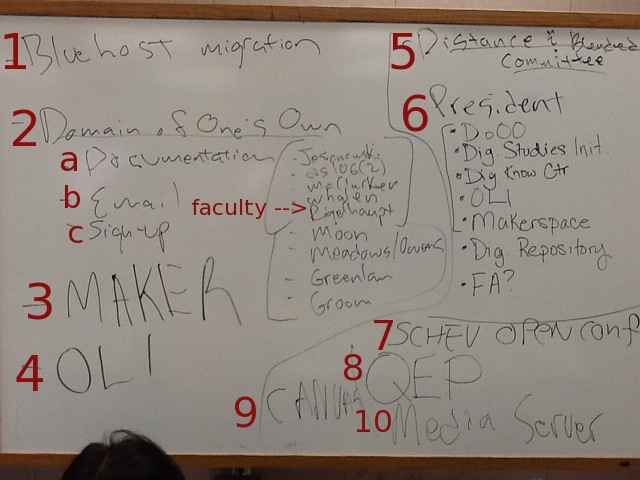
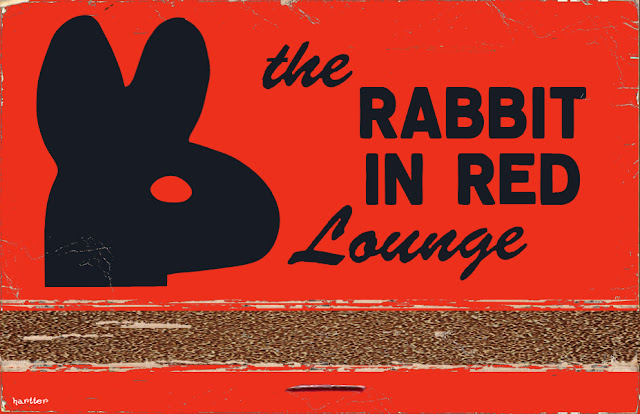
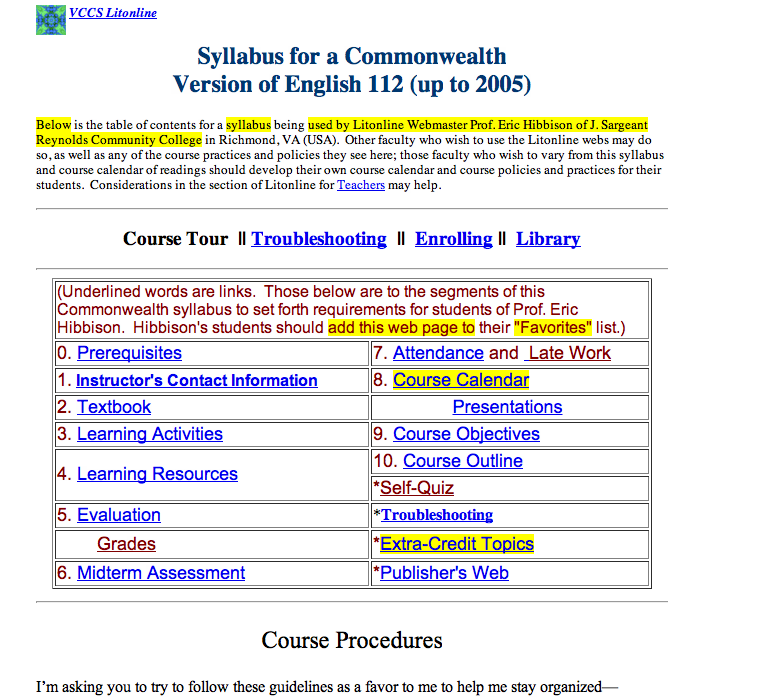
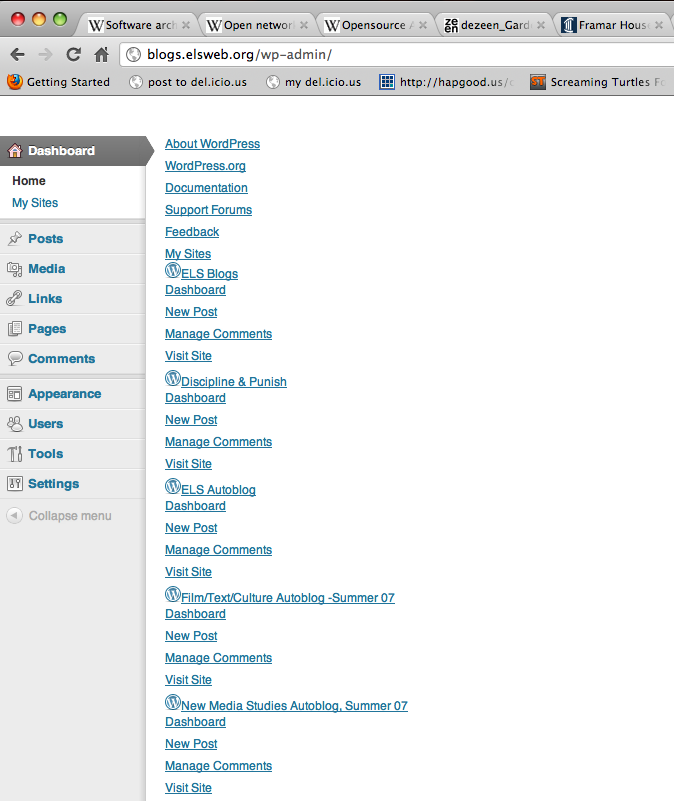
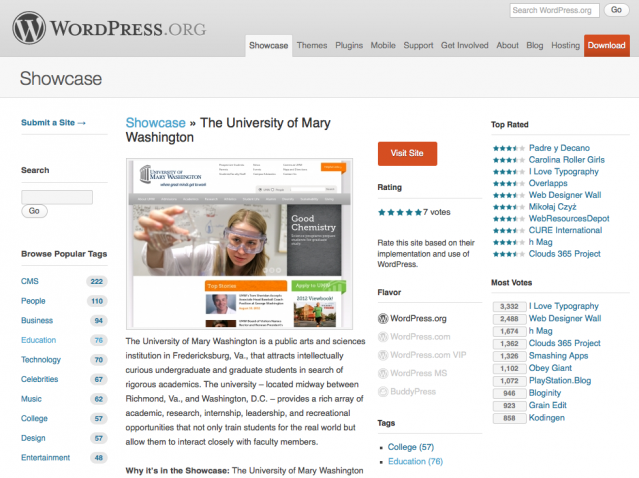
 This time 5 years ago we were closing down
This time 5 years ago we were closing down 